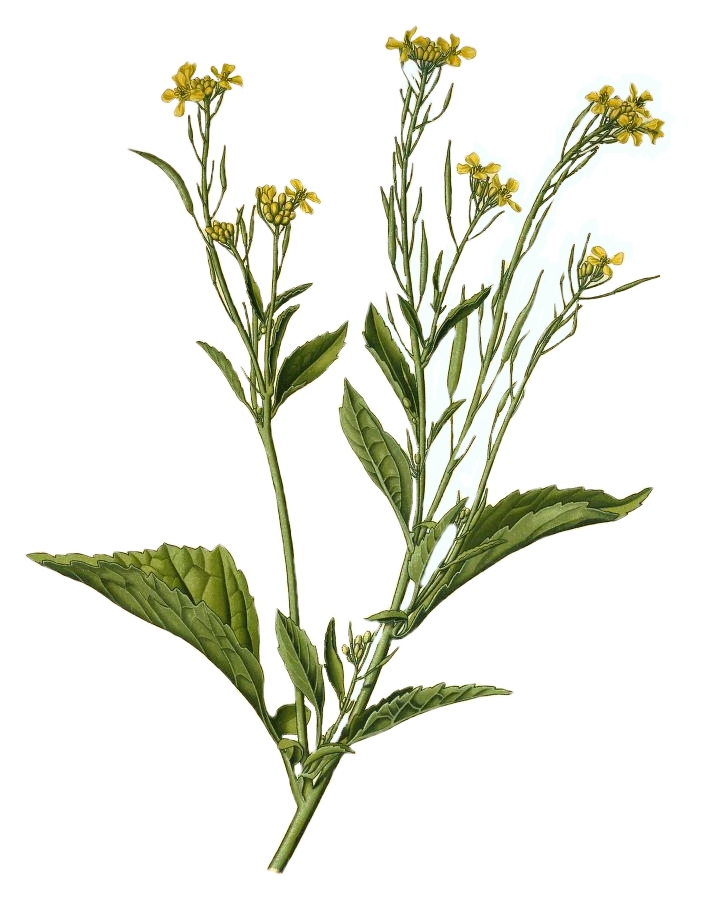In the Dark Ages the secrets of plants and herbs and natural healing properties were regarded as the domain of the Druids. In the Middle Ages the folk healers, usually wise women, who had learned the secrets of which herbs, flowers, trees and plants had the power to heal and ward off evil influences passed them down, usually just before death, to the next generation.
Many of the folk remedies applied were effective because of the medicinal qualities and beneficial substances contained within the plants. The folk healers went the extra step of assuring the effectiveness of their cures by picking the herbs at the right time (facing south at sunrise when pulling herbs made them more potent) and with the addition of spoken charms.
Listed below are several unusual folk remedies:
- Buttercups worn in a bag around the neck would cure insanity.
- An amulet of senna, mint, and rue worn as a bracelet averted evil, as did primrose and convolvulus picked on May first and twined into wreaths.
- Woodbine cut on the waxing moon was made into hoops which were preserved until the following March. When children were ill they passed through a hoop three times to cure them.
- St. John's Wort was most effective for curing fever if found by accident, especially on Midsummer's Eve.
- Mustard and garlic warded off the plague.
- Eating nettles mixed with the white of an egg cured insomnia.
- Heather boiled in water and applied warm to the top of the head cured a headache.
- To cure cataracts draw fresh water from a well, taking care not to rest the basin on earth or stone, only wood. Add a gold or silver coin to the water, then blades of grass and let seep. Pass the blades of grass across the eye, then pour water from the basin into the eyes.
- To cure ague swallow a spider wrapped in a raisin.
- To cure baldness rub goose droppings over the affected area.
- Tie an eel skin around the knee to alleviate cramps.
- To cure a toothache, touch a dead man's tooth.
- To make freckles disappear, cover them with blood from a bull or hare, or use water distilled from crushed walnuts.
Photo credits: (Related Resources) Mustard, Otto Wilhelm Thome, Flora von Deutschland, Germany, 1885, PD-ART, Wikimedia Commons
